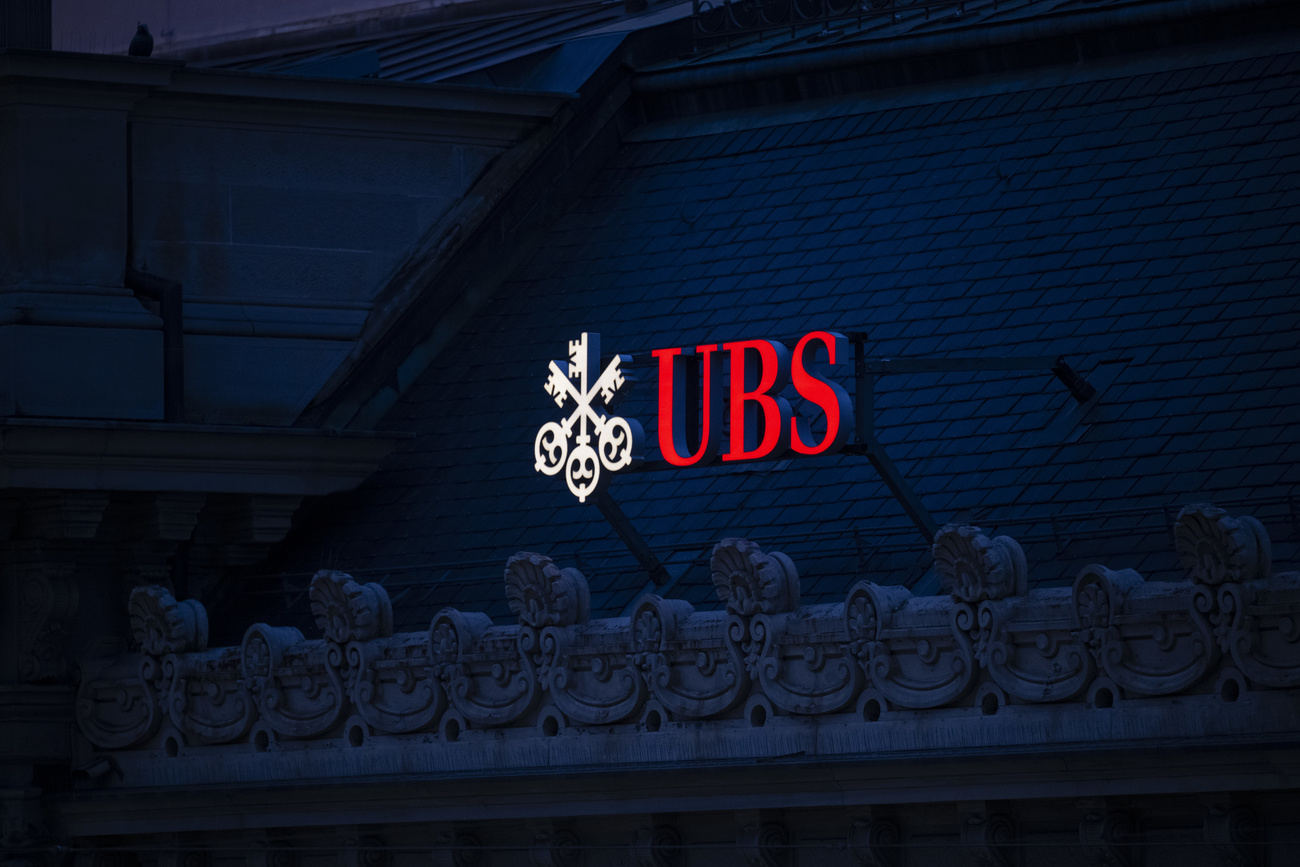Global pact to end illicit diamond trade

Switzerland has backed a global pact to stem the trade in so-called "blood diamonds" - gems used to fund conflicts in Africa.
At a meeting in Interlaken, more than 50 countries agreed to a new policing system to track the origin of diamonds and stamp out illicit trading.
All uncut diamonds will now have to carry certification to prove they have not come from countries or groups that use the proceeds to purchase weapons.
From January 1, 2003, a so-called “chain of warranties” will be introduced by exporting countries to guarantee the legitimacy of diamonds from the mine to the shop-front window.
But while the new agreement has been broadly welcomed – as a successful culmination of two and a half years of negotiations known as the Kimberly Process – some feel it lacks teeth.
Flaws
The Swiss economics minister, Pascal Couchepin, welcomed the agreement but admitted it had flaws.
“We know our solution is only partial,” Couchepin said. “The Kimberley Process is a work in progress.
“But we also want to protect the legitimate diamond trade…we know that only a small fraction of rough diamonds are linked to conflicts.
“The certification scheme will enable us to assure consumers that the diamonds they buy will not finance any weapons.”
Uncut diamonds have long been a favoured method of illicit exchange because they are difficult to trace and carry massive value in relatively small quantities.
Open to abuse
A key bone of contention is the fact that the new system relies on national governments to ensure their certification schemes are not compromised.
Non-governmental organisations say they are “deeply concerned” that the Interlaken meeting failed to establish a system for regular, independent monitoring of all national diamond control systems.
“Without this, the overall process remains open to abuse,” said NGOs in a statement released after the meeting.
Five countries that have signed the agreement will also be unable to implement controls on the official start date – mostly for technical reasons.
The push to limit the sale of illicit diamonds followed a damning United Nations report which revealed that the gems were being used to pay for weapons in countries such as Angola, Sierra Leone and the Democratic Republic of Congo.
The UN believes the illicit trade in uncut diamonds has sustained wars in which thousands of civilians have died.
The worldwide production of uncut diamonds was worth $7.8 billion (SFr11.4 billion) in 2001. Most of the gems came from Africa, Canada and Russia.
Experts estimate that between two and three per cent of diamonds traded around the world come from illicit sources.
Recently the United States also expressed its opposition to the trade, fearing that proceeds from the sale of uncut diamonds may be helping to fund terrorist groups.
Mixed Swiss record
Switzerland has been singled out for criticism because of its role – until recently – as a major hub for diamond trading.
Until 2001, uncut diamonds could be stored at Geneva and Zurich airports without a specific declaration.
The lack of monitoring helped underline Switzerland’s status as the third-largest centre for diamond trading in Western Europe, responsible for total imports in 2000 worth SFr2 billion.
However, the Swiss diamond trade collapsed dramatically after the De Beers diamond company shifted its Lucerne-based operations to London late last year.
In the first seven months of this year, the value of diamonds traded in Switzerland slumped to just SFr7 million.
Certificates
The new agreement involves the introduction of a new certification system – using so-called “Kimberley certificates”.
The certificates – which must be attached to all imported uncut diamonds – will state that “all due care has been taken to ensure the consignment does not contain any blood diamonds”.
They must also include the origin, weight and value in dollars of the gems, as well as the identities of the importer and the exporter, the date the diamonds were shipped and carry an official stamp.
While the certificates are issued by national governments, they must comply with minimum international standards.
Several countries will not be in a position to issue the new certificates until after January 1. This is because of the time – roughly eight weeks – it takes to print certificates which cannot be forged.
Keeping records
NGOs hope the Kimberley Agreement will help expose obvious loopholes in the global diamond trade.
They also hope signatory countries will soon build a database of export and import data from diamond producers – something that was not finalised at the Interlaken meeting.
Ian Smillie, from the NGO Partnership Africa Canada, said it was vital that Kimberley Group countries begin sharing data on diamond trades.
“We’d start to see a lot of these anomalies if we had a statistical system,” Smillie said.
“That’s when you’d find out, for instance, that [the Belgian diamond centre] of Antwerp is importing twice what Guinea is exporting,” Smillie said.
“Or that Liberia – between 1994 and 1998 – exported $2 billion worth of diamonds from a country that can’t mine more than a million’s worth.”
NGO’s are also pushing to establish a pilot-monitoring scheme, which would audit national certification systems.
“Quite a few countries are prepared to have inspections,” Smillie said.
swissinfo, Jacob Greber
All uncut diamonds will now have to carry detailed records of provenance.
The new rules come into force on January 1 2003.
Worldwide production of uncut diamonds was worth SFr11.4 billion in 2001.
Conflict diamonds are believed to make up between two and four per cent of the annual global diamond trade.
Major producers of conflict diamonds are Angola, Sierra Leone, the Democratic Republic of Congo and Liberia.

In compliance with the JTI standards
More: SWI swissinfo.ch certified by the Journalism Trust Initiative













You can find an overview of ongoing debates with our journalists here . Please join us!
If you want to start a conversation about a topic raised in this article or want to report factual errors, email us at english@swissinfo.ch.